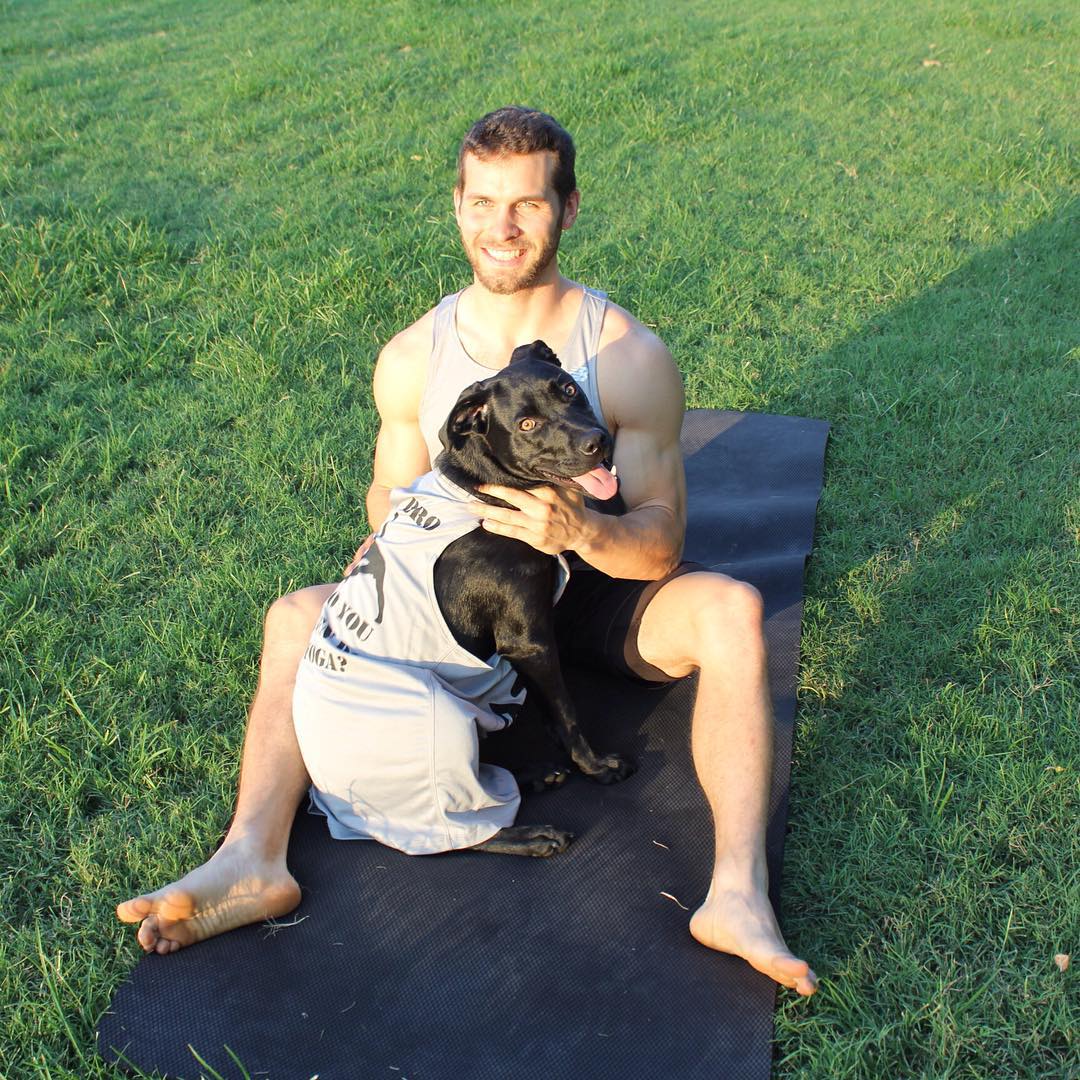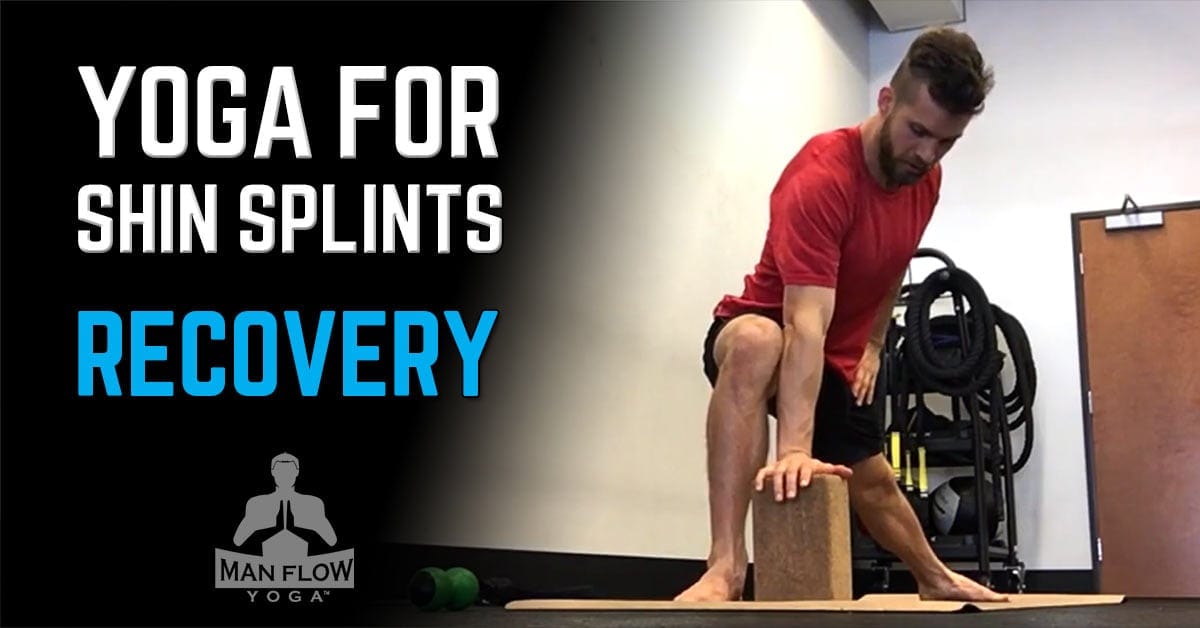Shin splints suck, but waiting around and not doing anything isn’t the best way to recover. In fact, a recovery-focused yoga routine can help you recover from shin splints faster.
I’m sharing a quick routine that pairs self-myofascial & yoga to help relieve the pain associated with shin splints farther down, but first..
What Are Shin Splints?
Shin splints are commonly an overuse injury, where the periosteum (the connective tissue that surrounds bones) of the tibia becomes inflamed, resulting in a condition called periostitis. This causes radial pain around the shin and its supporting muscles often referred to as “shin splints”.
However, recent studies have shown that periostitis isn’t the only cause of shin splints. Tendinopathy, the failed healing of tendons resulting in irregular tendon structures, and the stress reaction of the tibia can also cause shin splints.
Symptoms of shin splints include:
- Tenderness along the inner side of your shinbone
- Pain along your shinbone
- Mild swelling in your lower leg
What Causes Shin Splints?
Shin splints are an overuse repeat stress injury, meaning that a sudden increase in lower extremity activity from running, dancing, or a sport like soccer, can lead to developing shin splints.
That means doing “too much, too fast” is often the common cause of shin splints. Suddenly increasing your activity, the intensity of the workout, or duration can all be factors that develop shin splints.
Risk Factors Include:
- Weakness – Weakness in your tibialis posterior, tibialis anterior, and soleus muscles are common causes of shin splints.
- Inflexibility – Tight calf muscles (gastrocnemius, soleus, and plantaris) are commonly associated with shin splints.
- Pes Planus – aka. “flat feet” causes overpronation of the foot putting extra strain on your soleus and tibialis muscles.
- Sex of The Individual – Women are at 1.5 to 3.5 times increased risk because of their higher incidence of diminished bone density.
How Does Yoga Help Shin Splints?
Because shin splints are caused by the weakness & tightness of supporting muscles of the tibia, a strength-based yoga routine can strengthen and stretch these muscles to help prevent further injuries down the line. Paired with some targeted mobility work (self-myofasical release), this routine can work out scar tissue that is immobilizing your shin and help you heal properly to your full potential.
10-Minute Yoga Routine for Shin Splints
This yoga recovery session is focused on alleviating symptoms of shin splints, which includes tightness and discomfort and your lower legs, particularly along your shins. Use this after a run to help recover more quickly. Remember – this is just relieving the symptoms. You must strengthen and improve mobility in the lower legs as well in order to solve shin splints for good.
Looking For A Program?
If you’re interested in starting a yoga program with Man Flow Yoga to gain strength, flexibility, and mobility, BUT don’t know where to start, we got you covered. Give our FREE 7-Day Challenge a try. Sign-up below! Signup for the FREE 7-Day Challenge
About the author, Dean Pohlman, Founder & CEO of Man Flow Yoga, Author of Yoga Fitness for Men, Expert on Yoga Fitness for Men.
Looking for non-spiritual, yoga for men workouts?
Learn More About Man Flow Yoga and how it can help you with your fitness goals:
 Join Today for Instant Access!
Join Today for Instant Access!



